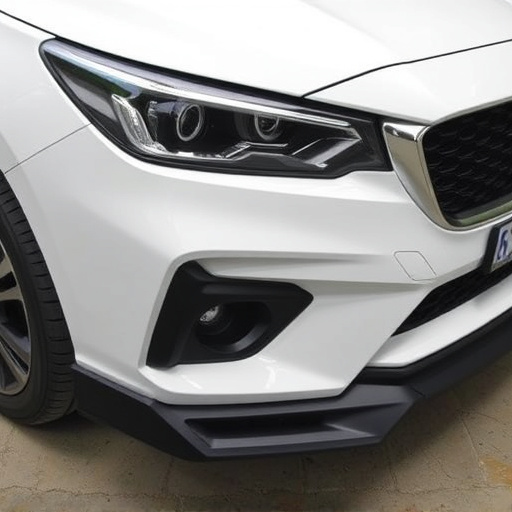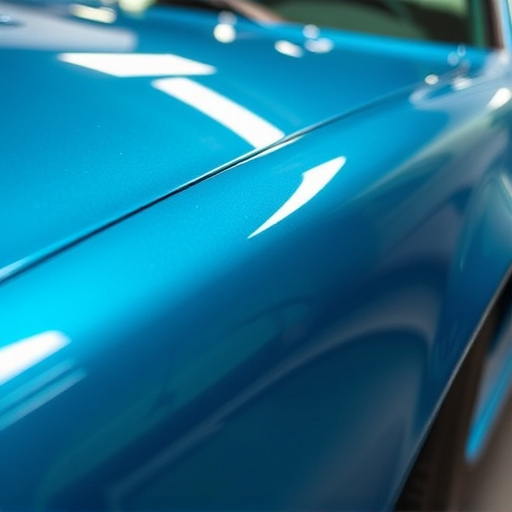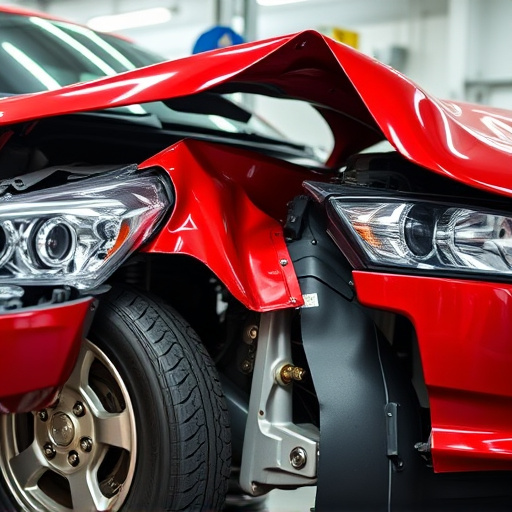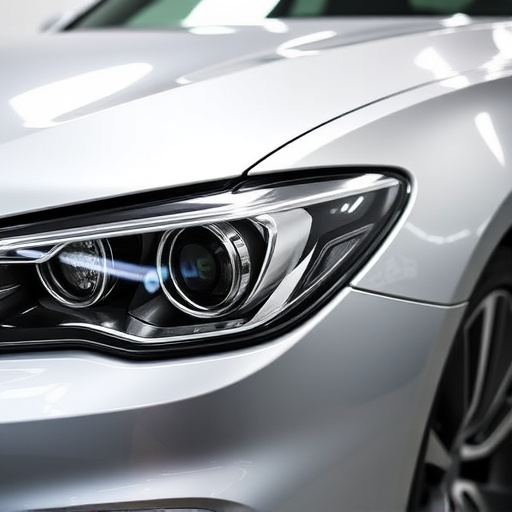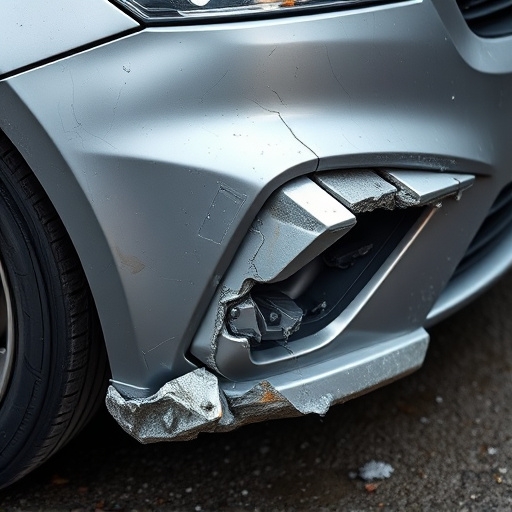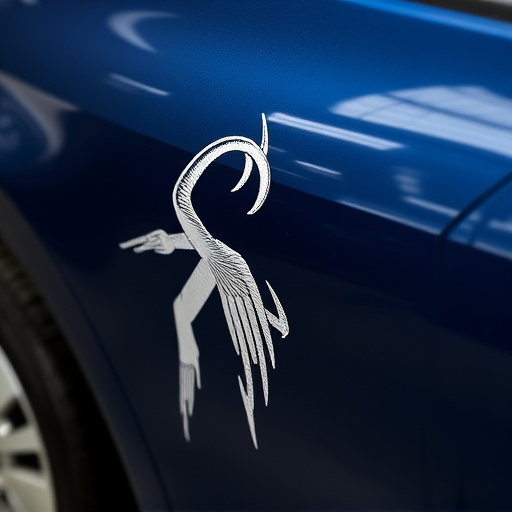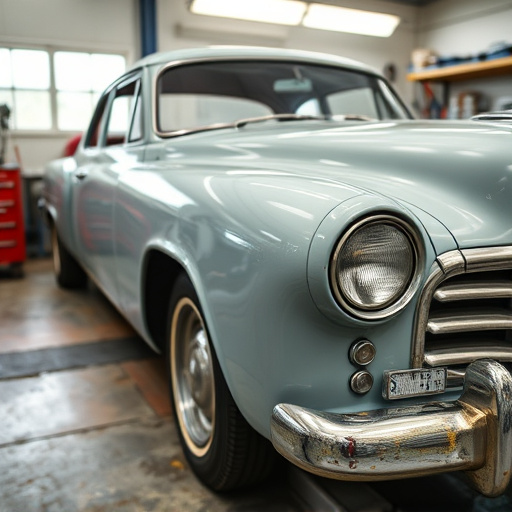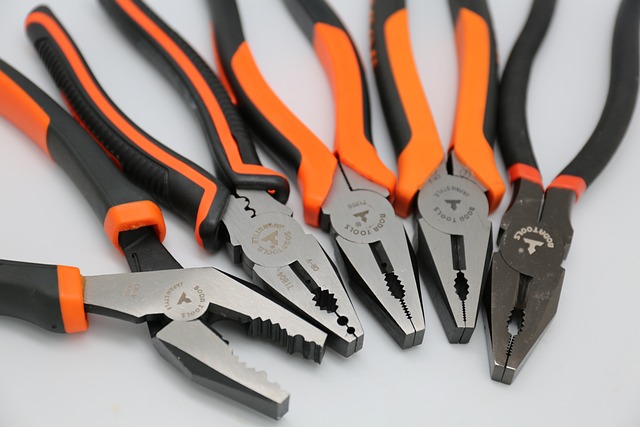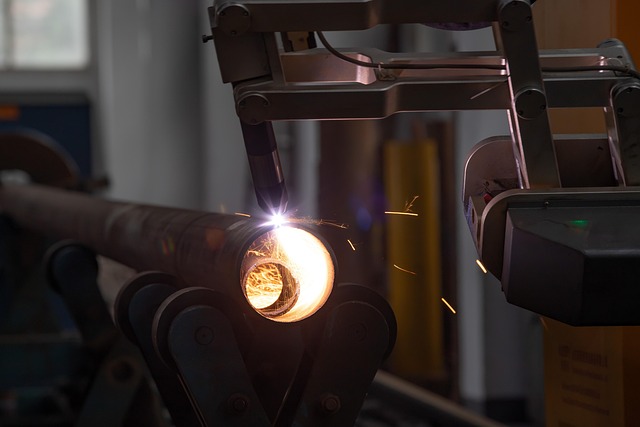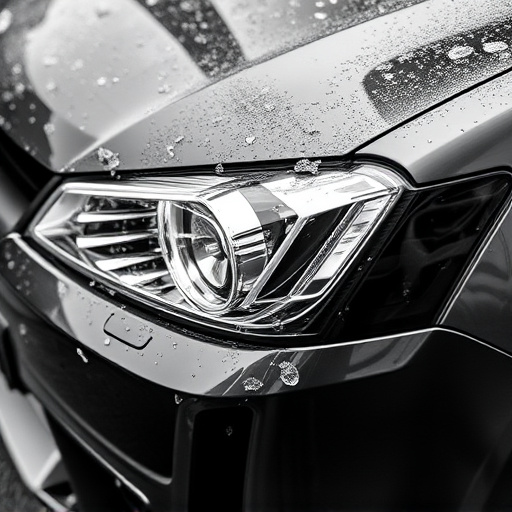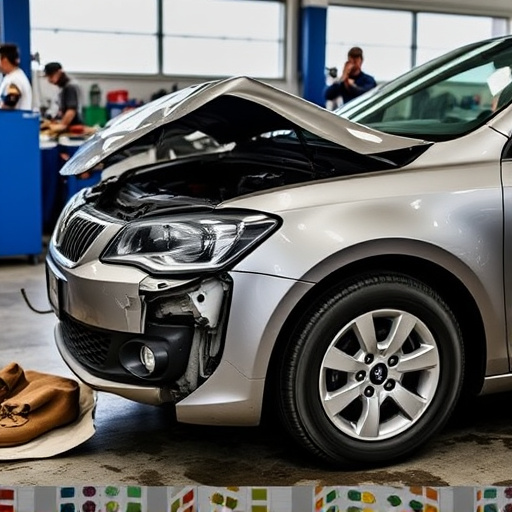Car paint restoration begins with assessing dents, scratches, chips, and rust spots for minor to severe damage. Accurate evaluation guides selection of techniques (e.g., wet sanding, compound removal) and materials (topcoat paints, tools). Skilled technicians follow strict protocols, quality control measures, and regular inspections for factory-like finishes enhancing aesthetics and resale value.
Car paint restoration is an art that involves meticulous attention to detail. The success of any restoration project hinges on several key factors, from identifying the type and extent of paint damage to selecting the appropriate techniques and materials. Expert application and stringent quality control measures are equally vital. By understanding these factors, car owners can ensure optimal results, enhancing their vehicle’s aesthetics and resale value through effective car paint restoration practices.
- Understanding Car Paint Damage Types and Extent
- Choosing the Right Restoration Techniques and Materials
- Expert Application and Quality Control Measures
Understanding Car Paint Damage Types and Extent

The first step in achieving successful car paint restoration lies in thoroughly understanding the types and extent of paint damage. Car paint can sustain various forms of deterioration, including dents, scratches, chips, and rust spots. These issues can range from minor imperfections that barely scratch the surface to severe damages that compromise the integrity of the paint job. Accurately assessing the extent of paint damage is crucial for selecting the appropriate restoration techniques and materials.
Proper evaluation involves closely examining the car’s exterior, paying close attention to areas with visible defects. For instance, a dent repair might be necessary if there are depressions or indentations in the paint, while minor scratches can often be addressed through polishing. Identifying rust spots early on is also essential as they require specific treatment methods. Knowing the exact nature and severity of the damage facilitates a more precise approach to automotive body work, ensuring that the car paint restoration process yields optimal results.
Choosing the Right Restoration Techniques and Materials

Selecting the appropriate restoration techniques and materials is a pivotal step in achieving exceptional car paint restoration results. The right approach involves understanding the extent of damage and choosing methods tailored to specific needs. For minor scratches or chips, wet sanding and touch-up painting might suffice, ensuring a seamless blend with the existing finish. However, for more severe dents or rust spots, more advanced techniques such as compound removal, blending, and repainting may be required.
Professionals in automotive repair services emphasize the significance of high-quality materials, including topcoat paints that precisely match the vehicle’s original color. Using the right tools, like precision paintbrushes and sandpaper of varying grit levels, enables a smooth surface preparation process. This meticulousness is key to an effective auto painting job, guaranteeing not just visual appeal but also long-lasting durability for the restored car paint.
Expert Application and Quality Control Measures

The success of car paint restoration largely hinges on the expertise and meticulousness of the application process. Skilled technicians employ precise techniques to match the original factory finish, ensuring color accuracy and seamless blending. This involves using high-quality tools and materials, as well as adhering to strict quality control measures. Each step, from surface preparation to coating, is critically evaluated to prevent errors and ensure optimal results.
Expert application goes hand in hand with robust quality control procedures. Regular inspections during the restoration process help identify any deviations from the intended outcome. Fleet repair services or vehicle body shops that prioritize these aspects are more likely to deliver top-notch car paint restoration, enhancing the overall aesthetics and resale value of the vehicle.
Car paint restoration success hinges on a multifaceted approach. By first thoroughly understanding the type and extent of paint damage, you can select the most appropriate restoration techniques and materials. Expert application, coupled with rigorous quality control measures, ensures outstanding results that not only match the original finish but also enhance the overall aesthetics of your vehicle. Investing in professional car paint restoration services pays dividends, transforming damaged surfaces into a glossy, pristine finish that commands attention on the road.
